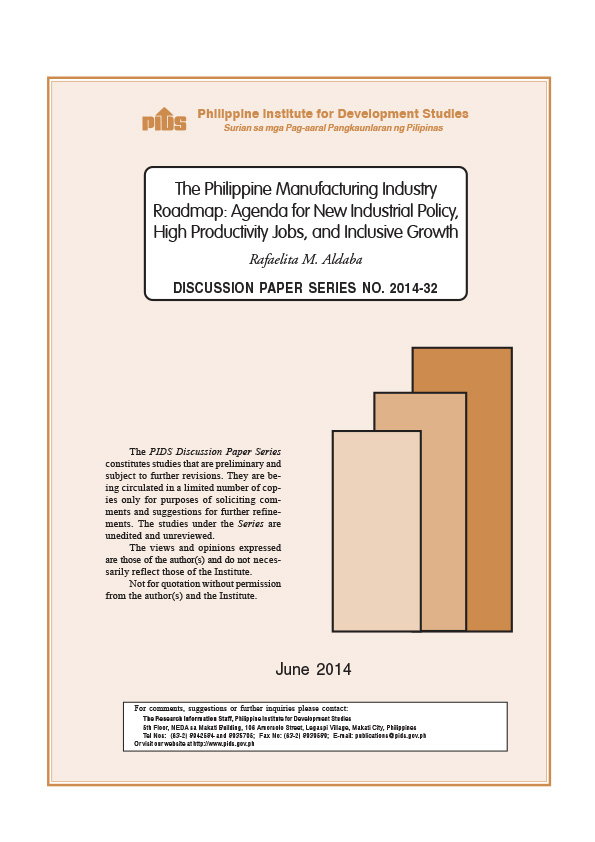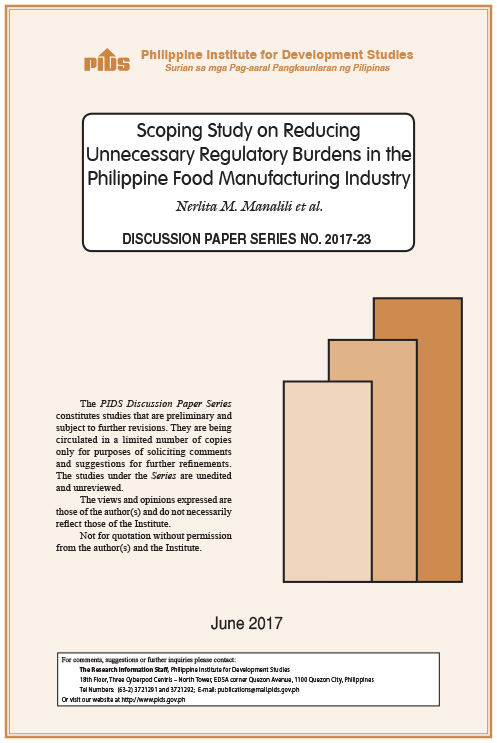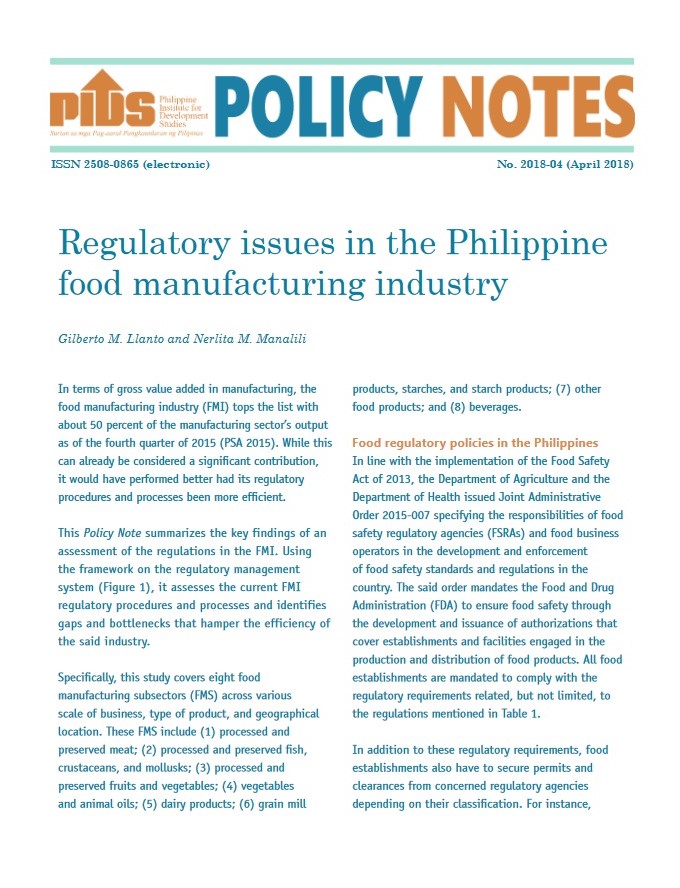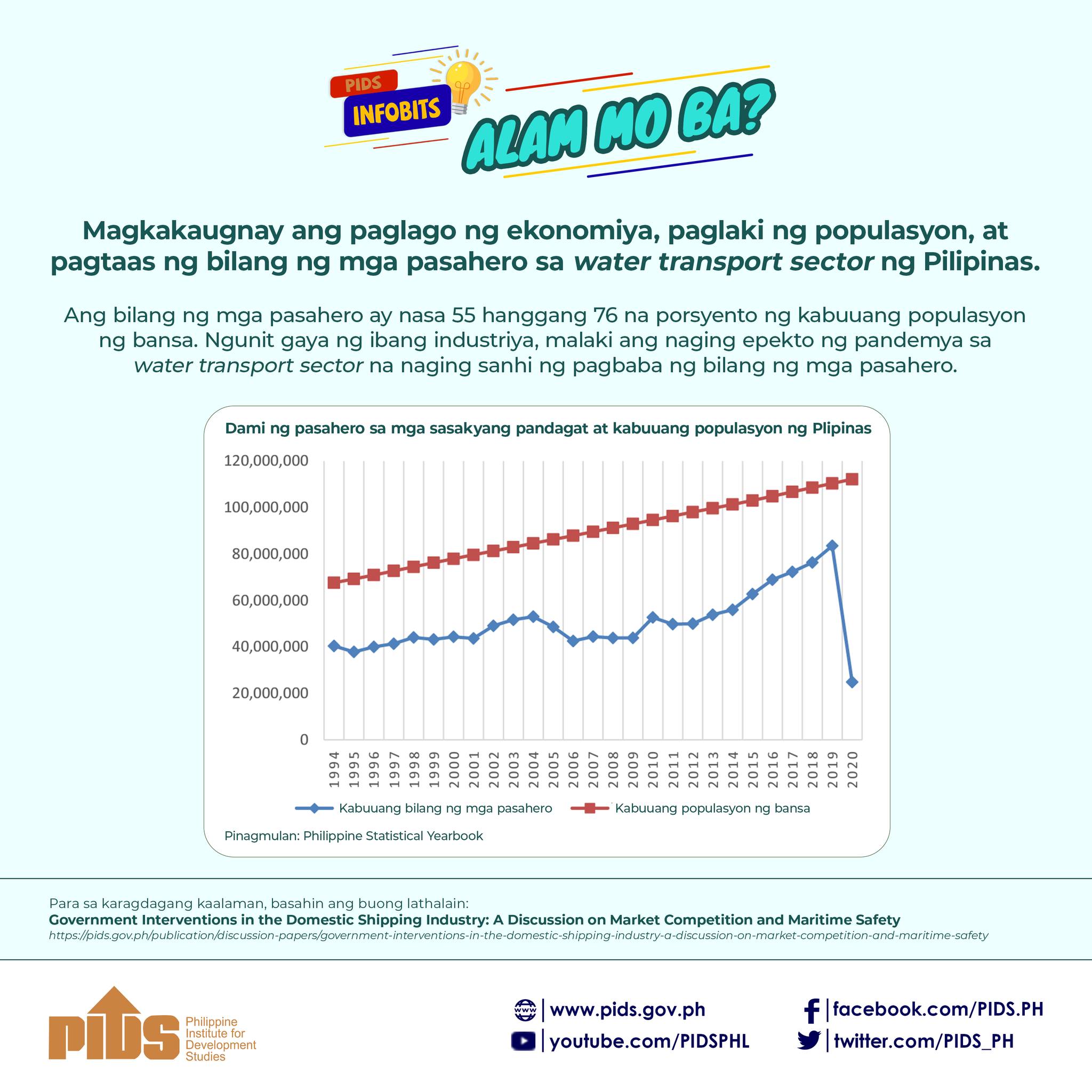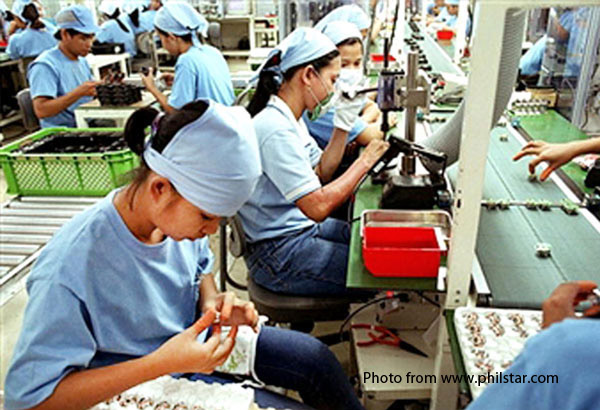
The Philippine government spends around PHP 2.2 billion to facilitate the regulatory service for the food manufacturing industry, a study of state think tank Philippine Institute for Development Studies (PIDS) revealed.
PIDS Consultant Nerlita Manalili and her co-authors said this figure is just a “conservative estimate of the total expenses incurred for regulatory purposes”, emphasizing that the country’s food manufacturing industry “is constrained by existing regulatory procedures and processes.”
The authors found that regulatory burdens cause bottlenecks for food manufacturing companies to grow and prosper. Specifically, the research found out that there are bottlenecks in the regulation process that make implementation difficult for stakeholders in the industry.
Issues on regulation process drawn from interviews and focused group discussions were clustered into four categories, namely: organizational matters (administrative and human resources), regulation (compliance requirements and regulatory-associated fees), trade and market access, and consumer related.
These bottlenecks, according to the authors, affect three major stakeholders such as the government, food manufacturing subsectors (private firms), and the consumer.
For the government, the implementation of regulatory policies is costly. This is because it needs to conduct various activities, such as administering the regulation (e.g., provision of information to business; recruiting and training of government staff; and processing, licensing, or approval of product applications), verifying compliance including conduct of inspections and audits, and enforcement (e.g., investigation of possible noncompliance and conducting prosecution).
While the government allots budget for regulatory services, the study showed that government agencies and private firms still lack funds and human resources. These cause delays in processing.
“As most of the regulatory concerns are associated with those of the Food and Drug Administration, it is important for policymakers to revisit the agency’s capacity and put due consideration to its needs particularly in increasing its human resources and upgrading its facilities,” the authors explained, saying that improvement in the agency will “result to positive impact in the entire regulatory system”.
Meanwhile, private firms are “clamoring for more improvements particularly on the review of the rationale of existing and new regulations as well as the process involved”, such as the multiagency requirements, delayed processing, approval of applications, and inadequacy of updated technologies for regulating agencies.
Based on interviews from the food manufacturing industry, a major suggestion is to have a one-stop processing venue wherein one certification fits all the requirements of government agencies instead of having to pass through multiple agencies with individual certification prerequisites.
On the part of the consumers, the authors said that while regulatory cost is insignificant to affect prices, and that these are being regulated by government agencies, “disinterest and non-action” pervade the sector, adding that “as long as products are compliant and serves intended purpose, consumers pay the price out of seeming indifference and or lack of choice.”
To maximize the contribution of the food manufacturing industry in the country’s economy, the authors highlighted the importance of conducting in-depth assessment on the industry’s subsectors such as the “other food products” subsector that tops the list in terms of number and generated income and employment. “Other food products” include manufactured foods that do not fall under specified sectors, such as confectioneries, baked products, and sugar-based snack goods as well as herbal food supplements.
Furthermore, having been on the list of most labor productive, and most number of establishments and income generated, respectively, the dairy and grain, mill starch, and starch subsectors should also be part of an in-depth study, the authors said. ###
If you wish to know more about the study, download a copy of the discussion paper from the PIDS website.
PIDS Consultant Nerlita Manalili and her co-authors said this figure is just a “conservative estimate of the total expenses incurred for regulatory purposes”, emphasizing that the country’s food manufacturing industry “is constrained by existing regulatory procedures and processes.”
The authors found that regulatory burdens cause bottlenecks for food manufacturing companies to grow and prosper. Specifically, the research found out that there are bottlenecks in the regulation process that make implementation difficult for stakeholders in the industry.
Issues on regulation process drawn from interviews and focused group discussions were clustered into four categories, namely: organizational matters (administrative and human resources), regulation (compliance requirements and regulatory-associated fees), trade and market access, and consumer related.
These bottlenecks, according to the authors, affect three major stakeholders such as the government, food manufacturing subsectors (private firms), and the consumer.
For the government, the implementation of regulatory policies is costly. This is because it needs to conduct various activities, such as administering the regulation (e.g., provision of information to business; recruiting and training of government staff; and processing, licensing, or approval of product applications), verifying compliance including conduct of inspections and audits, and enforcement (e.g., investigation of possible noncompliance and conducting prosecution).
While the government allots budget for regulatory services, the study showed that government agencies and private firms still lack funds and human resources. These cause delays in processing.
“As most of the regulatory concerns are associated with those of the Food and Drug Administration, it is important for policymakers to revisit the agency’s capacity and put due consideration to its needs particularly in increasing its human resources and upgrading its facilities,” the authors explained, saying that improvement in the agency will “result to positive impact in the entire regulatory system”.
Meanwhile, private firms are “clamoring for more improvements particularly on the review of the rationale of existing and new regulations as well as the process involved”, such as the multiagency requirements, delayed processing, approval of applications, and inadequacy of updated technologies for regulating agencies.
Based on interviews from the food manufacturing industry, a major suggestion is to have a one-stop processing venue wherein one certification fits all the requirements of government agencies instead of having to pass through multiple agencies with individual certification prerequisites.
On the part of the consumers, the authors said that while regulatory cost is insignificant to affect prices, and that these are being regulated by government agencies, “disinterest and non-action” pervade the sector, adding that “as long as products are compliant and serves intended purpose, consumers pay the price out of seeming indifference and or lack of choice.”
To maximize the contribution of the food manufacturing industry in the country’s economy, the authors highlighted the importance of conducting in-depth assessment on the industry’s subsectors such as the “other food products” subsector that tops the list in terms of number and generated income and employment. “Other food products” include manufactured foods that do not fall under specified sectors, such as confectioneries, baked products, and sugar-based snack goods as well as herbal food supplements.
Furthermore, having been on the list of most labor productive, and most number of establishments and income generated, respectively, the dairy and grain, mill starch, and starch subsectors should also be part of an in-depth study, the authors said. ###
If you wish to know more about the study, download a copy of the discussion paper from the PIDS website.

